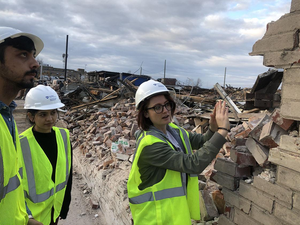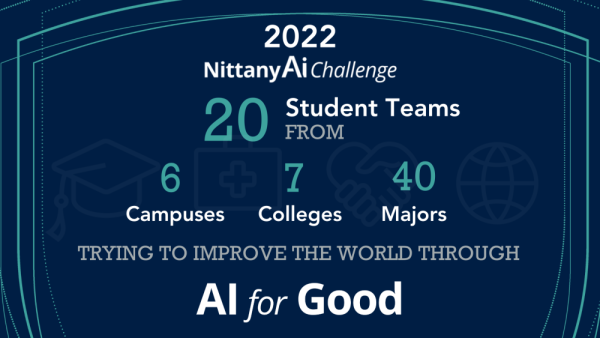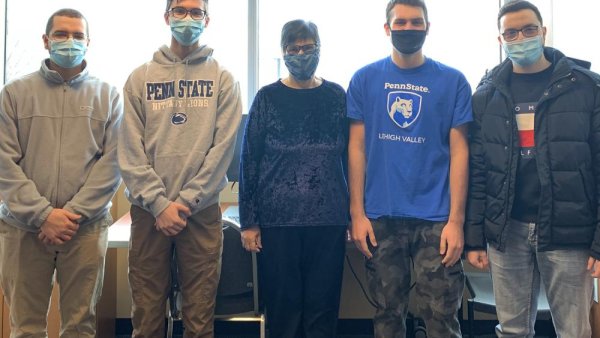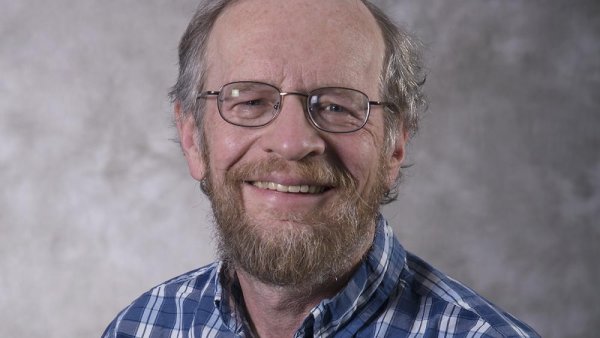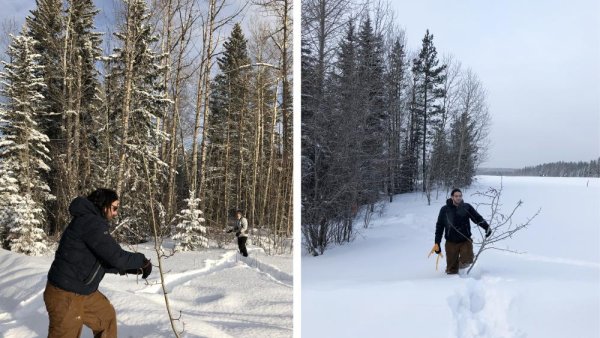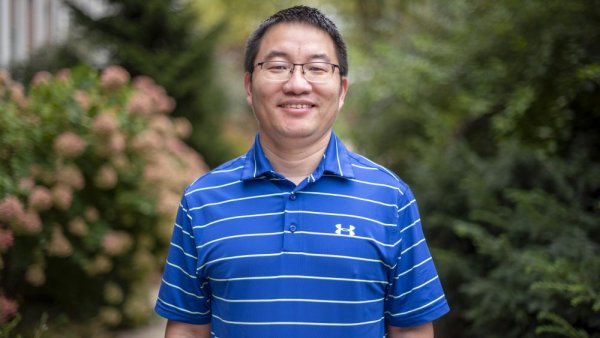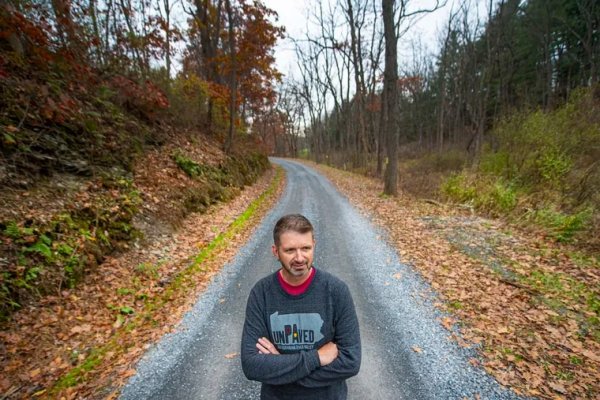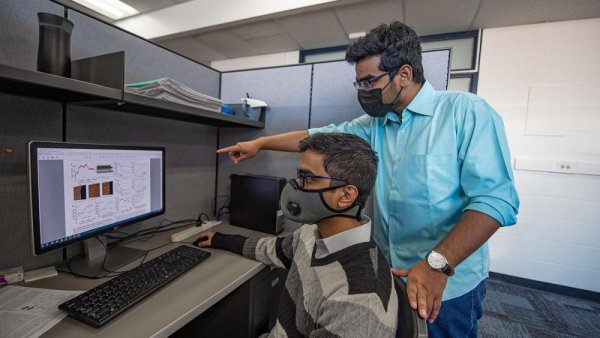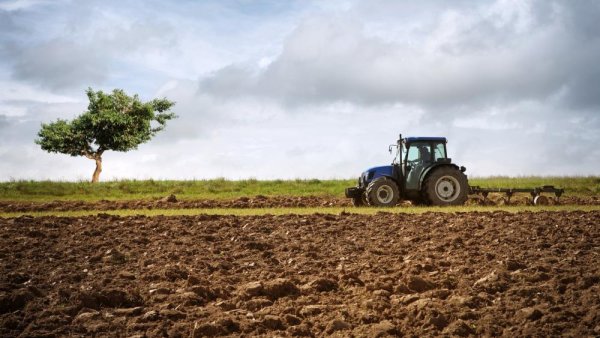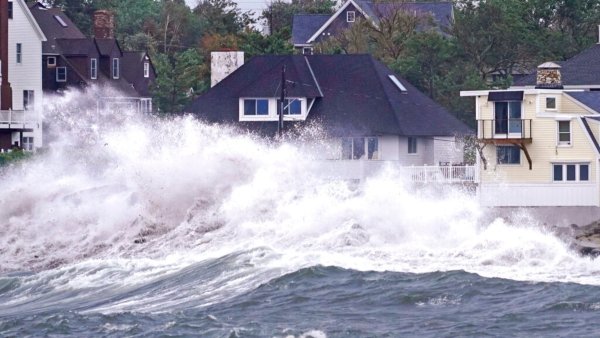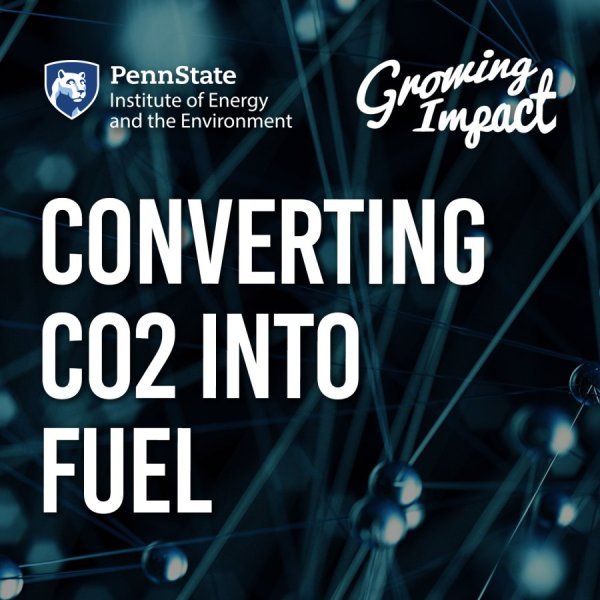Engineers assess structural damage and resilience after Kentucky tornado
| psu.edu
Sometimes research means combing through data on a computer or studying a sample in a quiet lab. Other times, it means taking an unplanned, 12-hour road trip to don a hardhat and collect the data yourself. Faculty members and graduate students from the Penn State College of Engineering did the latter, traveling to Mayfield, Kentucky, to capture data on tornado destruction in the wake of the December 2021 Midwest Tornado series.
Grant to help scientists use AI to better measure Antarctic surface ice, climate
| psu.edu
A $300,000 National Science Foundation grant will help scientists develop artificial intelligence to better analyze imagery from satellites and other remote sensing devices that are currently monitoring surface ice in the Antarctic, according to a team of researchers.
Twenty teams compete for $50,000 prize pool in the 2022 Nittany AI Challenge
| psu.edu
Twenty student teams using AI for good in the fields of health, environment, education and humanitarianism will compete for a pool of $50,000 by creating solutions to real-world problems during the 2022 Nittany AI Challenge.
Lehigh Valley students embark on cross-cultural project through EDGE program
| psu.edu
Eleven Penn State Lehigh Valley students under the direction of Lecturer in Mechanical Engineering Tracey Carbonetto (pictured, third from left) will spend the spring semester participating in a cross-cultural project facilitated through Penn State University’s Experiential Digital Global Exchange (EDGE) program.
EarthTalks: Richard Alley to examine value of uncertainty in studying climate
| psu.edu
Richard Alley, Evan Pugh University Professor of Geosciences at Penn State, will discuss the value of uncertainty when it comes to reducing carbon dioxide emissions and studying climate during a talk at 4 p.m. on Monday, Feb. 14.
Geneticists close to grasping how plant communities may adapt to climate change
| psu.edu
A century after scientists first noted that the environment contributes to the evolution of adaptive differences among plant populations, scientists are on the verge of figuring out how that adaptation happens — by combining results from huge “common garden” experiments with genomic sequencing.
Four Penn Staters nominated for Goldwater Scholarship
| psu.edu
Penn State recently announced its four nominees -- Ellie Kim, Lindsay Jones, Jack Piazza and Annalee Schmidt -- for the 2022 Goldwater Scholarship, a highly competitive national award given to undergraduates in the fields of natural science, engineering and mathematics who are interested in a career in research.
Associate professor recognized as rising star in energy research
| psu.edu
Shimin Liu, associate professor of energy and mineral engineering at Penn State, is one of 29 researchers recognized as a rising star by Energy & Fuel, an international scholarly journal focused on fundamental and applied research within the energy and fuels fields, for his significant contributions in the field of energy research.
In Pennsylvania, the roads less traveled get a lot of attention
| inquirer.com
Penn State's Center for Dirt and Gravel Studies, founded in 2001, has advised nearly every Pennsylvania county on project to protect waterways from unpaved road runoff.
Reconfigured AI devices enable lifelong learning for machines
| psu.edu
By reconfiguring neural networks in artificial intelligence devices, a multi-institute team that included Penn State researchers facilitated AI systems to continually learn and adapt new data and tasks in ways that were not possible or practical before.
Soil tillage reduces availability of ‘longevity vitamin’ ergothioneine in crops
| psu.edu
Soil tillage on farms may significantly reduce the availability in crops of ergothioneine, an amino acid produced by certain types of soil-borne fungi and bacteria that is known as a “longevity vitamin” due to its potent antioxidant properties, according to new research by an interdisciplinary team at Penn State.
Oceans are warmer than ever, creating chaotic global weather
| voanews.com
The oceans got even warmer last year than the year before, supercharging already extreme weather patterns worldwide, according to a recent report published in the journal Advances in Atmospheric Sciences.

